A Church Between Light and Torment
At Alpha Reproduction, we believe that some paintings do more than just depict a place: they transform a building into a symbol, a facade into a silent prayer.
Painted in June 1890, during the last weeks of his life, The Church at Auvers-sur-Oise is one of the most poignant works by Vincent van Gogh. Under his brush, this Gothic church becomes much more than a religious monument: it embodies solitude, doubt, but also the quest for light and redemption.
Auvers-sur-Oise, a small peaceful village north of Paris, becomes for Van Gogh a final refuge, and for art history, the stage of a last burst of genius.
Through this seemingly simple painting – a path, a sky, a church – the post-impressionist artist expresses a deep emotion, between inner turmoil and spiritual hope.
In this article, let's dive together into the mystery of this unique work, between real architecture and inner vision, wavering belief and burst of color.
🏛️ The Church of Auvers-sur-Oise: between real heritage and inner vision
🏰 A Gothic monument revisited by emotion
The church of Auvers-sur-Oise really exists: built in the 12th century in a Gothic style typical of the region, it stands in the heart of the village, peaceful and discreet. Yet, in the eyes of Van Gogh, it becomes something else. The architecture distorts, the lines curve, the stone seems alive. It is no longer just a religious building: it is a character, almost an organic being, suspended between sky and earth.
Far from any academic rigor, Van Gogh does not seek to faithfully reproduce the structure of the church, but to convey the emotion it inspires in him.
This is the whole strength of post-impressionism: transcending reality to reveal its invisible part.
The shapes rise like an inner cry, and the deep colors – blues, purples, reds – immerse the viewer in a spiritual, almost mystical atmosphere.
🎨 The light, the colors, and the divided floor: an expressive choice
A striking detail of the painting is the absence of logical shadows. The sky is dark, but the church appears to be lit from within. Two paths cross in front of the building, neither truly leading to the door. The ground is fractured, the outlines uncertain. Everything seems off balance, reflecting the emotional state of the artist.

This church does not dominate the landscape: it is its reflection.
Van Gogh projects his spiritual doubts, his need to believe without fully succeeding, his complex relationship with religion. He who had considered a career as a pastor in his youth, here expresses a form of metaphysical solitude, a wavering but still luminous faith.
🎨 A post-impressionist painting full of emotion
⏳ A work from Van Gogh's final period
Peinte en juin 1890, L’Église d’Auvers-sur-Oise appartient à la toute dernière période de création de Vincent van Gogh, quelques semaines seulement avant sa disparition tragique. À ce moment-là, l’artiste vit à Auvers-sur-Oise, sous la surveillance bienveillante du docteur Gachet, dans un climat de calme relatif… mais traversé par des orages intérieurs.
This painting is part of the many works produced in a feverish burst during this period, just like Wheatfield with Crows or The Garden of Doctor Gachet.
But here, unlike these open landscapes, Van Gogh chooses a religious building, a place of worship, to express a deep state of mind. A choice that is not accidental: he who was once a preacher in the Borinage mines never stopped questioning spirituality.
🔥 A style between texture and mysticism
The style of the painting is typically post-impressionist: distorted shapes, visible brushstrokes, vibrant colors. The sky seems in motion, the walls ripple, the paths divide. One feels that the artist is not seeking technical perfection, but the expression of his inner turmoil.
Van Gogh's brush trembles with emotion, the color becomes language, and the church rises from the ground like a vision between dream and reality.
The pictorial material is thick, almost sculpted. It is not a church frozen in stone, but a living church, uncertain, almost unstable, as if it were floating in a world between earth and sky, between faith and anguish.
📍 Van Gogh in Auvers-sur-Oise: the genius facing silence
After his stay at the Saint-Rémy-de-Provence asylum, Van Gogh arrives in Auvers-sur-Oise in May 1890. There he finds a peaceful landscape, green countryside, soft light. But behind this apparent tranquility, his mind remains restless.
In this small village, the artist paints more than 70 works in less than three months, including a series marked by emotional intensity and creative urgency.
Among these paintings, The Church at Auvers-sur-Oise stands out. Unlike the rural landscapes and country houses that mark this period, this work takes as its subject a spiritual place. Van Gogh does not paint here a simple village scene: he confronts a religious architecture with his own inner vertigo.
🎯 A choice of symbolic location
Why paint this church?
She was part of his daily view during his walks in the village. But her selection as a painting subject is not by chance. Van Gogh projects onto her his ambivalent relationship with faith, his search for comfort, his desire to elevate his art towards a form of spirituality, even without belonging to a defined religion.
The Church of Auvers is not that of dogma: it is that of doubt, of the path to seek, of the silence that answers prayer.
🖼️ Reproduction of The Church at Auvers: a sacred work for your interior
🎨 A hand-painted reproduction by Alpha Reproduction
At Alpha Reproduction, we take great pride in capturing the emotional intensity and the artistic gesture of Van Gogh through reproductions made by hand, with absolute respect for the original work.

Each painting is painted in oil on canvas, in a workshop, by artists specialized in the post-impressionist style. The strokes are expressive, the colors vibrant, the texture authentic. You receive a faithful reproduction, accompanied by its certificate of authenticity.

✅ Handmade oil on canvas
✅ Customizable formats
✅ Custom frames
✅ Careful and secure delivery
🏡 Decor ideas: a reading nook, a meditative desk, a bright entrance
The Church at Auvers-sur-Oise is a canvas full of symbols and emotions. Placed in a reading nook, a quiet office or a meditation space, it creates an atmosphere both introspective and luminous.

Its palette of deep blues and natural tones perfectly matches sober walls (light gray, off-white, mineral beige). It will find its place in a contemporary decoration, rustic chic, or minimalist with a spiritual touch.
Treat yourself to a fragment of eternity, a painting that both questions and soothes.
❓ FAQ – Van Gogh and Churches
🕍 How many churches did Van Gogh paint?
Van Gogh painted only a small number of churches during his career. The Church at Auvers-sur-Oise (1890) is the most famous, and probably the most striking. He also depicted places of worship in drawings or sketches, especially during his youth in the Netherlands, where he was already interested in religious architecture.
🖼️ Where can one see The Church at Auvers-sur-Oise today?
The original painting is kept at the Musée d’Orsay in Paris. It is part of the major works of Van Gogh's last period, painted shortly before his death in July 1890. It attracts thousands of visitors every year fascinated by its spiritual depth.
✝️ What is the meaning of this religious painting?
The Church of Auvers-sur-Oise does not just represent a building: it is a symbol. Through this isolated church, illuminated without light, Van Gogh evokes his religious doubts, his inner journey, and perhaps his break with traditional faith. The painting reflects a personal spiritual quest, between hope and silence.
🛒 Can we buy an accurate reproduction of this painting?
Yes, on Alpha Reproduction, we offer a hand-painted reproduction of this iconic artwork. Each painting is carefully created in oil on canvas, respecting the original style. Customizable sizes, elegant frames, secure delivery, and certificate of authenticity included.
📿 Was Van Gogh religious? What was his relationship with religion?
Van Gogh had a complex relationship with religion. The son of a pastor, he attempted a career in preaching in his youth before turning to art. His faith gradually transformed into an inner spirituality, made of compassion, suffering, and a search for meaning – themes found in several of his works, such as At the Gate of Eternity or The Church at Auvers.
🛍️ Conclusion: Treat yourself to a piece of silence and light
With Van Gogh's Church at Auvers-sur-Oise, Vincent van Gogh does not simply paint a Gothic facade: he captures an inner vertigo, a silent prayer addressed to the sky. This work, both tormented and luminous, still speaks to us today with rare power.
At Alpha Reproduction, we invite you to rediscover this masterpiece in all its emotional power, thanks to a hand-painted reproduction, faithful to the artist's spirit.
Whether you are an art lover, passionate about the world of Van Gogh, or simply looking for a meaningful painting for your interior, this canvas will transform your space into a place of contemplation and harmony.
🎨 Order your custom reproduction now, and let a sacred, timeless, living work enter your home.




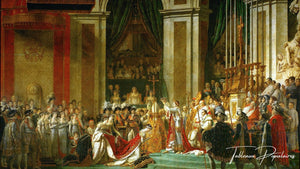
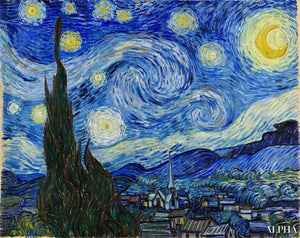
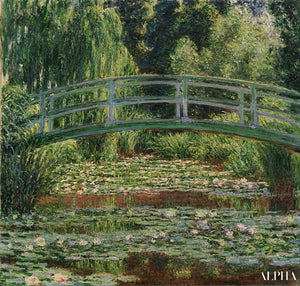
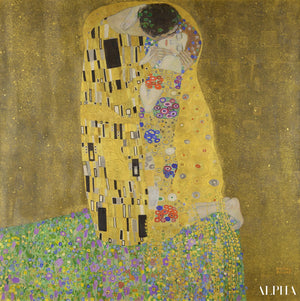
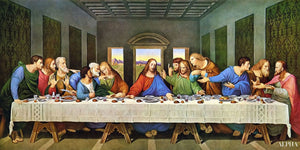
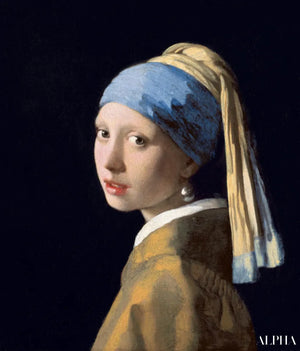
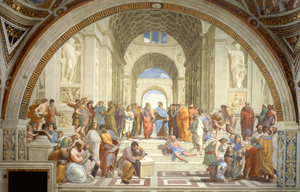
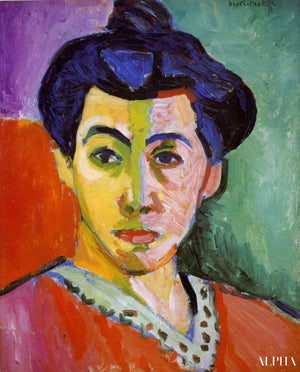
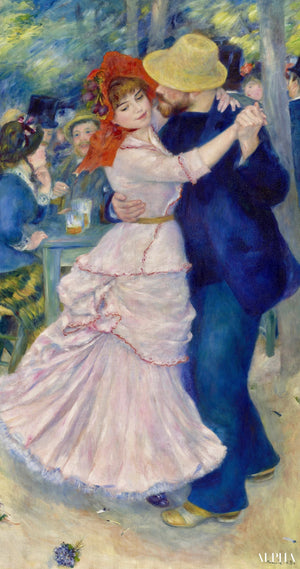
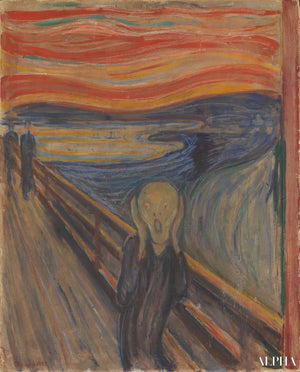
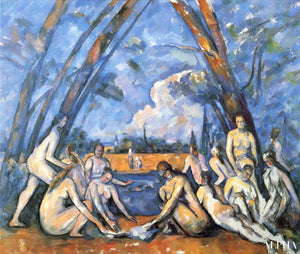
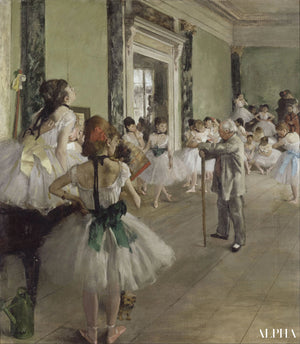
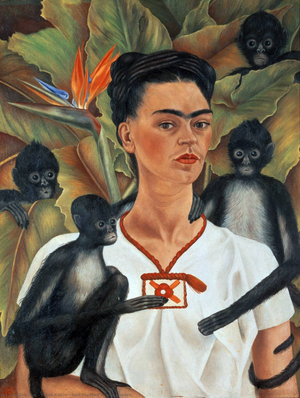
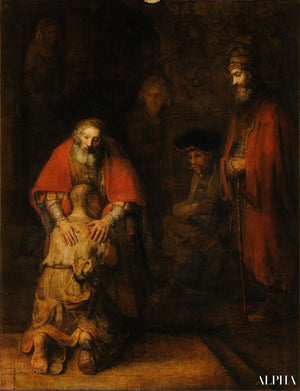
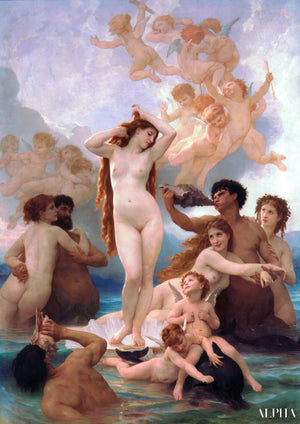
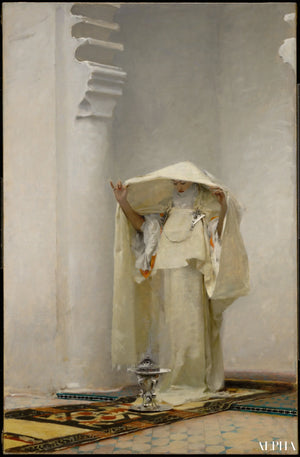

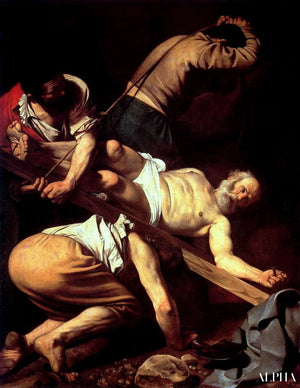
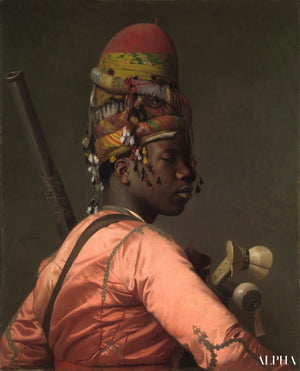
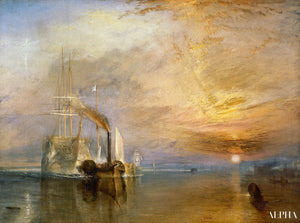


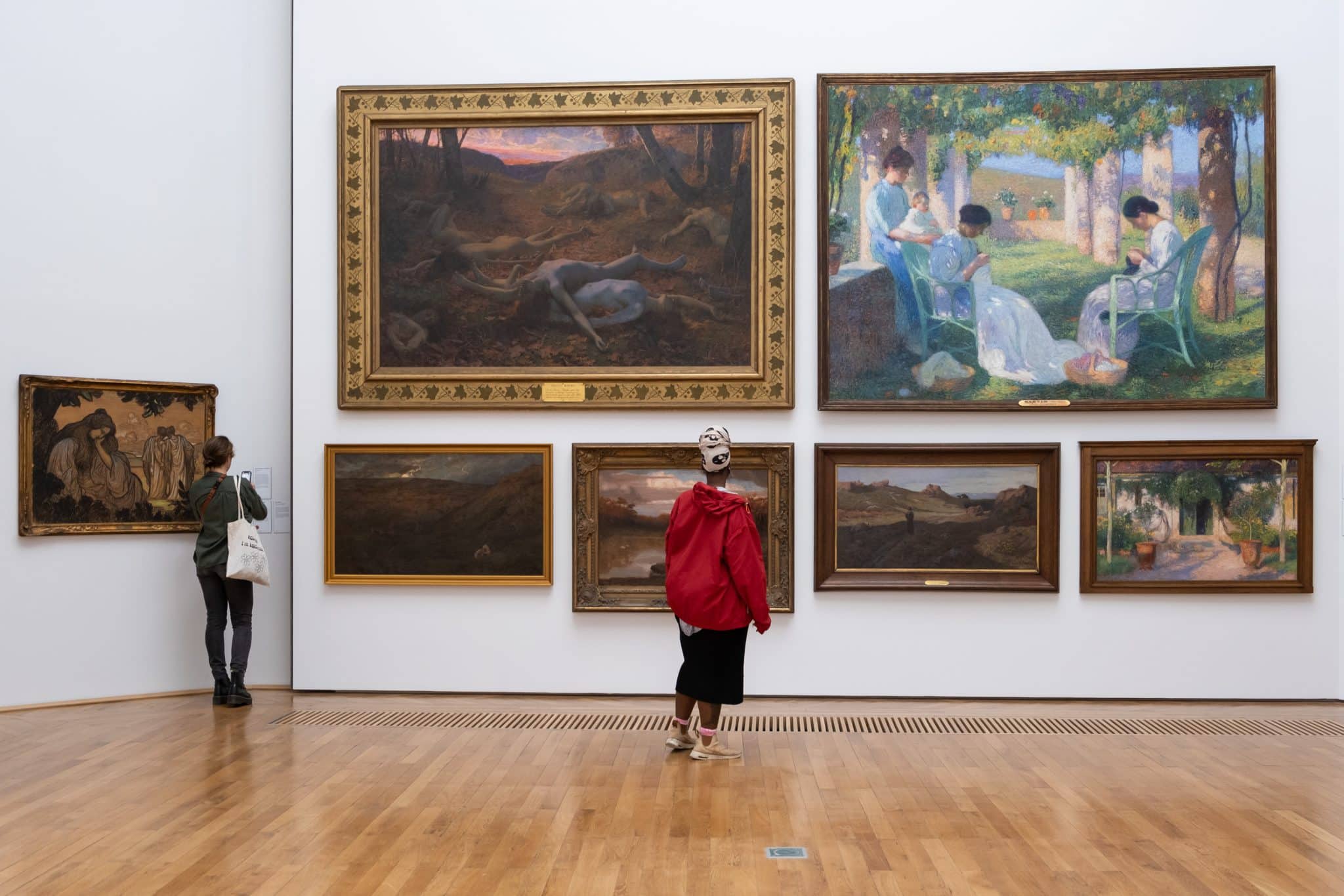
0 comments